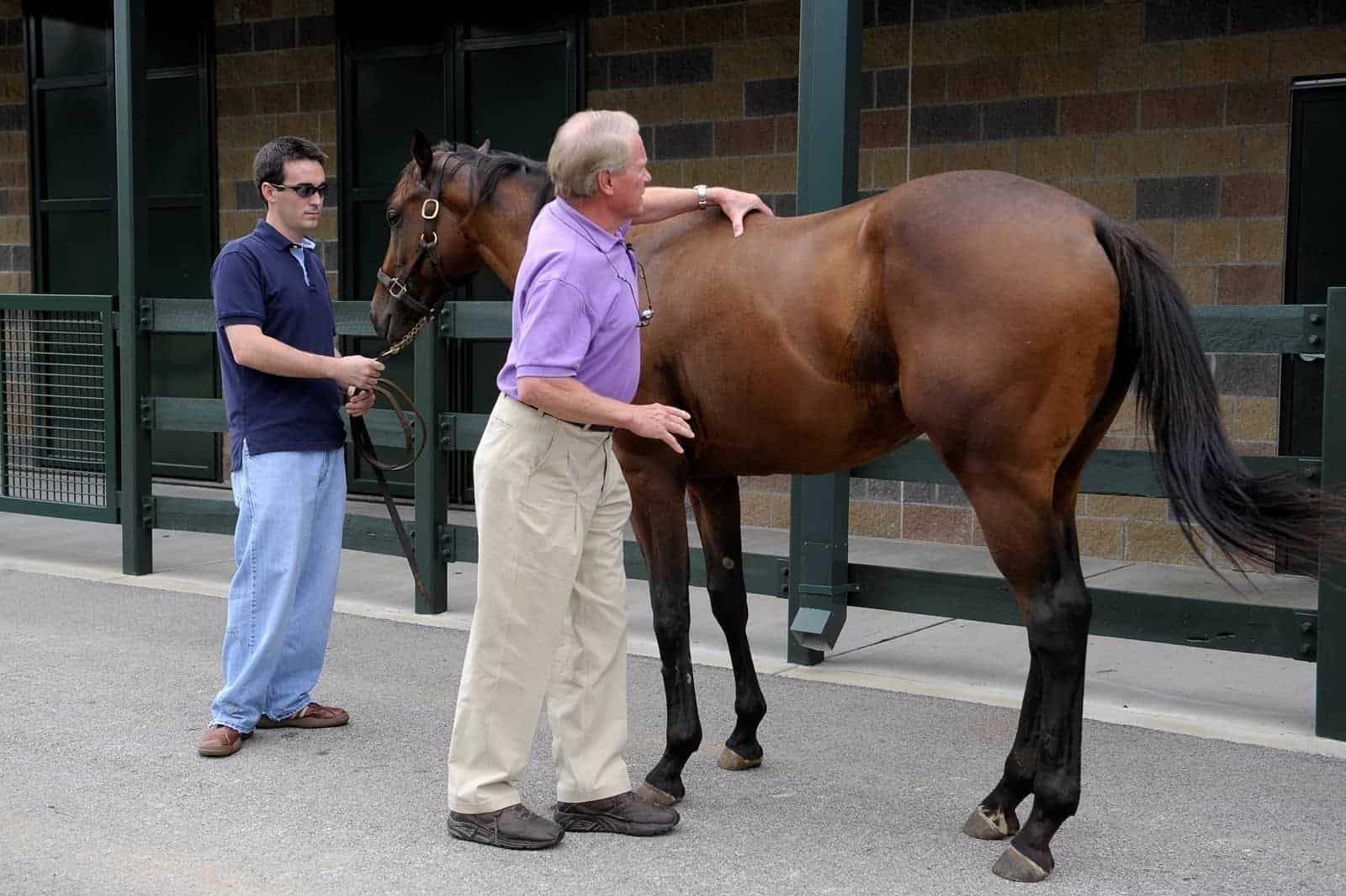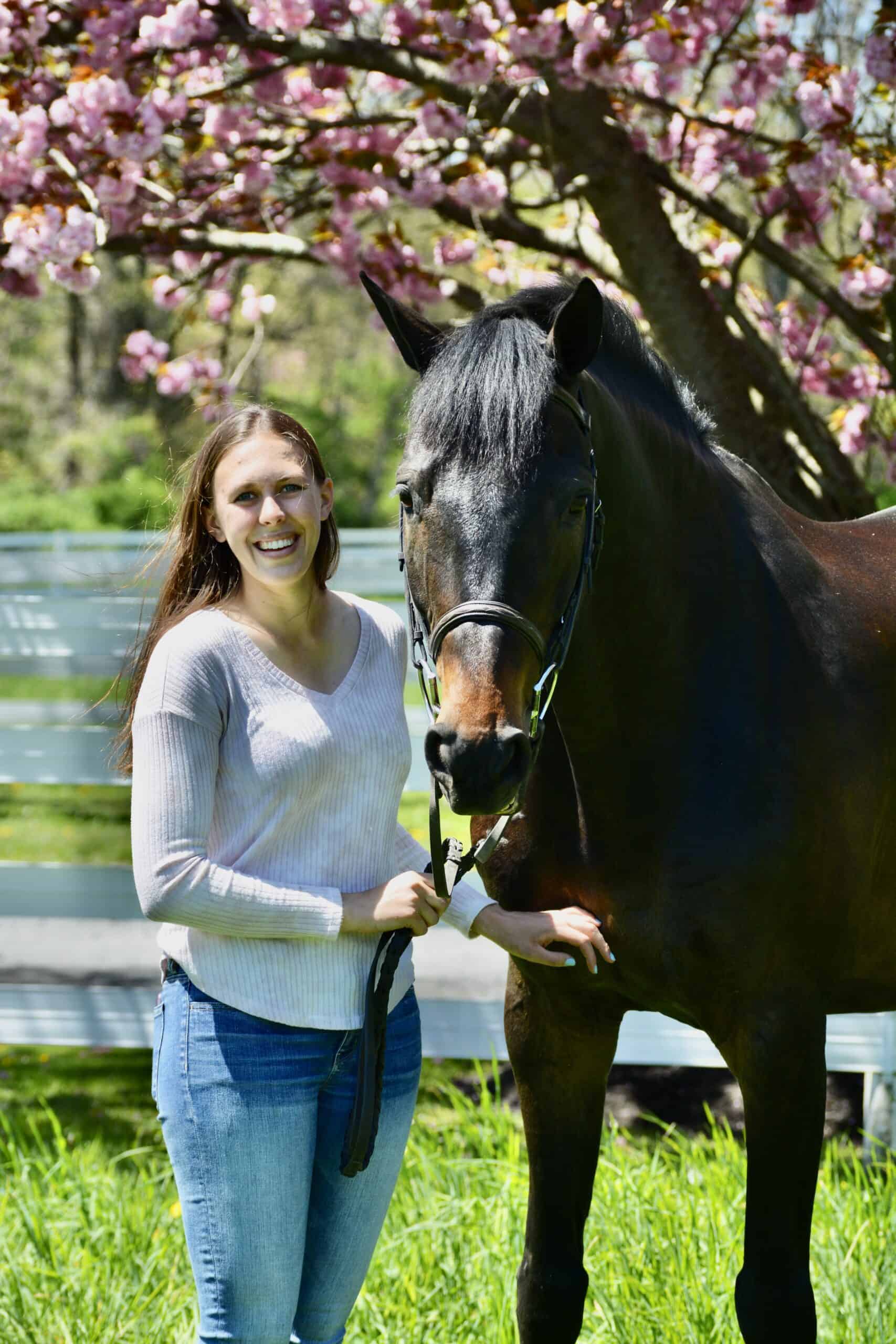Do Back Radiographs Have a Place in Equine Prepurchase Exams?

Radiographs are often just one part of a prepurchase examination when buying a horse, so how should equine veterinarians judge their significance when they do not match the clinical findings? And how do they advise the potential buyer?
“Horses can be unfairly penalized for radiographic findings, even if they don’t necessarily keep them from doing their job,” said Natasha Werpy, DVM, Dipl. ACVR, in her presentation at the inaugural American College of Veterinary Sports Medicine and Rehabilitation, held April 27-29, 2023, in Charleston, South Carolina. “However, if radiographs are not taken during the prepurchase exam, it means the buyer has missed an opportunity to gather more information about the horse—information that could play a role in their decision-making process.”
Many horses with radiographic abnormalities do not necessarily show clinical signs of lameness, and many can continue doing their job without problems, she added. Radiographs cannot always show a definitive source of pathology, and the practitioner must consider breed- or development-associated diseases.

“For example, many off-the-track Thoroughbreds have very successful second careers, but they also have a higher prevalence of dorsal spinous process impingement (also known as kissing spines),” said Werpy. “The message is starting to change; we understand that radiographic abnormalities (here) are not always associated with back pain.”
Including radiographs in the prepurchase exam can help veterinarians gather general information about the horse for the potential buyer. Horses with abnormalities will likely be more susceptible to environmental and management changes, said Werpy, increasing the risk to the buyer; having that information from radiographs might help the new owner support the horse through these changes. This information can also be used to treat the horse if an issue does arise after purchase.
Imaging after a recent purchase and finding abnormalities that could have been identified and discussed at the time of purchase can be very frustrating for new owners, cautioned Werpy. It is better to have that information at the time of purchase so an informed decision can be made.
A veterinarian’s ability to diagnose certain spinal abnormalities in horses via radiographs is limited, she added, and it can be challenging when the findings in the images do not match the clinical signs in prepurchase exams. Standardizing head and neck position for radiographs can help them capture accurate images and, often, changing the horse’s position can be helpful for detecting abnormalities.

Written by:
Haylie Kerstetter
Related Articles
Stay on top of the most recent Horse Health news with















